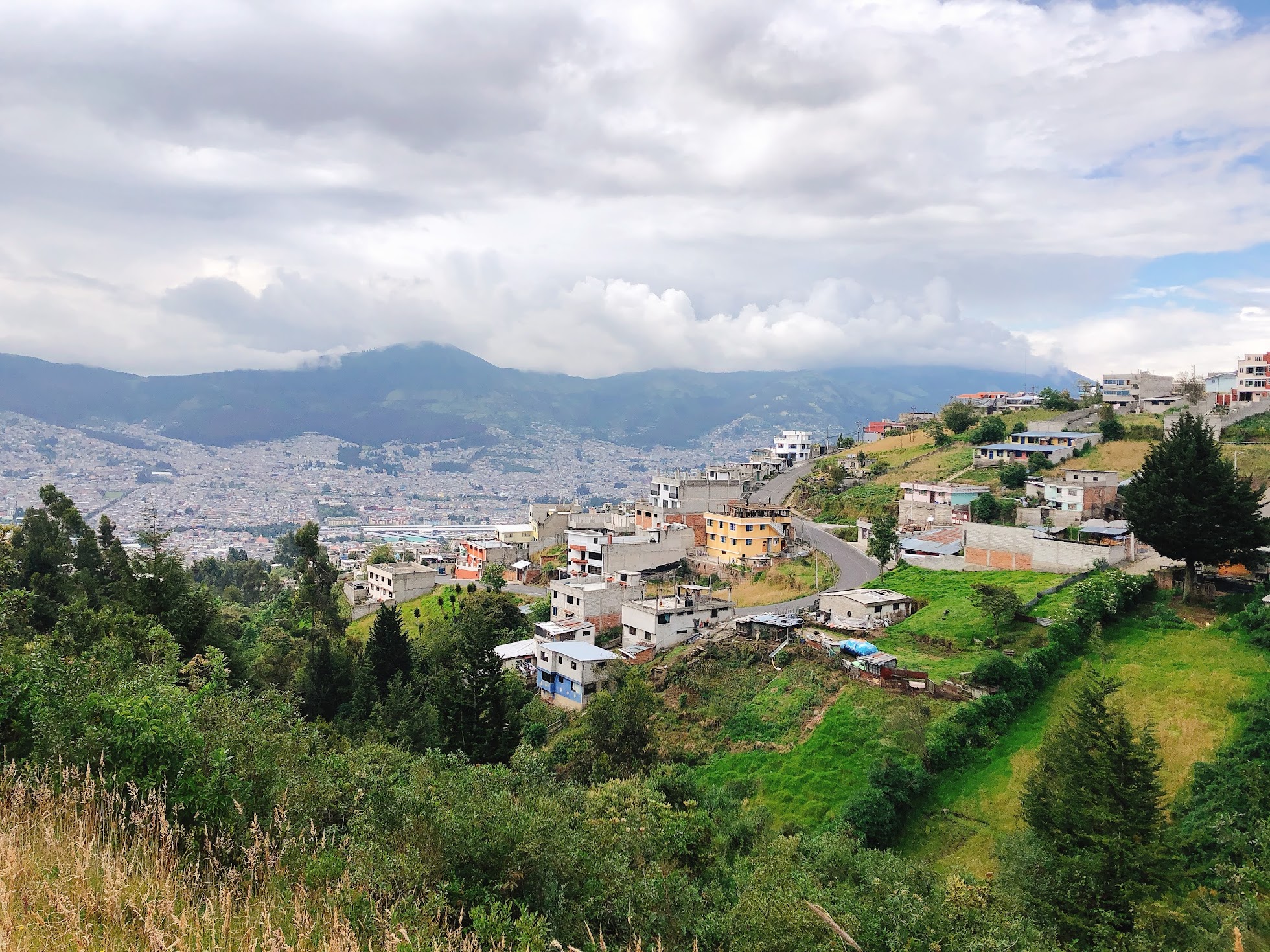Food sovereignty and urban orchards: community-led initiatives for sustainable food environments.
Barrio ‘La lucha de los pobres’, Quito. Ecuador. 13th to the 23rd of March 2022
We are happy to share the report Ashley Howard, research assistant and one of the MICSEA coordinadors wrote, in which he explains the work and methodology developed during the workshop in Quito.
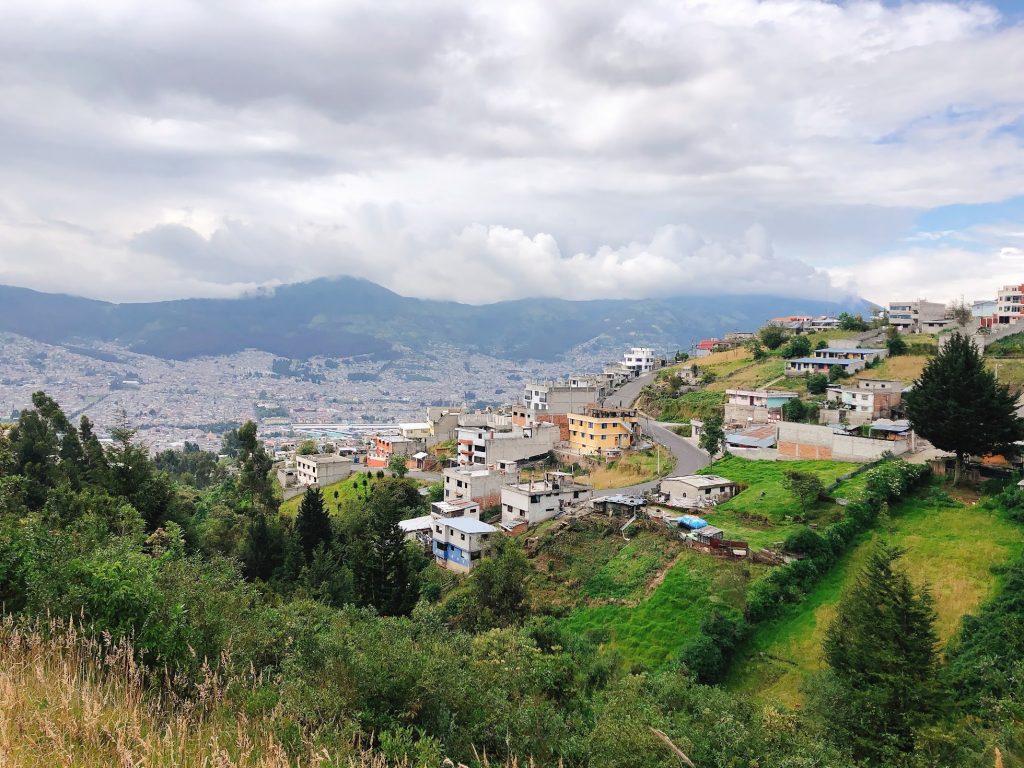
This year’s MICSEA International Regeneration Studio [IRS] is focal on food sovereignty and alternative food systems within the neighbourhood of La Lucha De Los Pobres in Quito, Ecuador. The outcomes of the workshop are central to generating exploratory urban design proposals that amalgamate local strategies and voices with technical knowledge and emergency architecture. The studio is fostering a new collaboration between the UIC and the prominent Ecuadorian research institute Facultad Latinoamericana de Ciencias Sociales (FLACSO), as well as with the local community-based organisation Ayriwa Comunidad. The programme is also being launched within the newly launched SUSTENTO project; an ongoing development initiative championed by the Canadian International Development Research Centre.
To achieve the IRS research goals, the MICSEA team will be involved in the analysis and mapping of green infrastructure and urban orchards in La Lucha De Los Pobres and its surrounding regions. They will be using systemic methods during their time working in the context to document food environments embed in community spaces and households in the Barrio. This will be accomplished through four methodological steps designed to combine endogenous and exogenous development approaches and knowledge sharing techniques that highlight local epistemologies and long-term bottom-up strategies.
IRS STEPS:
STEP 1 – OFFSITE SPATIAL DIAGNOSIS
STEP 2 – PHYSICAL ASSESSMENT ONSITE
STEP 3 – SOCIAL APPROACHES
STEP 4 – SOCIO-SPATIAL INTEGRATION OF THE DATA COLLECTED AND STRATEGIC PROPOSALS
“Power relations saturate environmental change, production, and reconfiguration as well as impacting communities in different ways within shifting demographics such as class, gender, and race. Global issues such climate change impacts some more than others and is navigated differently by those who are structurally less vulnerable or have the capacity to adapt to it. In this same way, environmental policies can produce good or bad outcomes and further exacerbate conflicts whilst diminishing others. Therefore, there is a need for critical perspectives on urban environmental issues. With this in mind, it is important to understand how green urban environments are produced and how they embody and express social relations. Food sovereignty related to environmental issues are becoming increasingly linked and make a vital part of the green infrastructure of a settlement and its food production. This is the case for the neighbourhood of ‘La lucha de los pobres’ in Quito, Ecuador, in which its landscape and green networks are linked to the community’s means of subsistence through the development of urban orchards. Located in a territory which is part of a vast urban to rural fringe, the aspects related to climate change, risk assessment, and green productivity are of crucial importance and must be understood as part of the future urban plans of this area in Southern Quito” – MICSEA 2022
STEP ONE – OFFSITE SPATIAL DIAGNOSIS:
The first step of the programme was based in Barcelona, Spain, as an offsite spatial diagnosis hosted remotely and focal on secondary sources and observational mapping tools. The multi-modal introduction explored high-level themes of food sovereignty in La Lucha De Los Pobres and its connection with the greater urban and suburban scale of the Pichincha provinces. The objective of this step was to explore existing planning documentation and socio-economic data of the sector alongside interrogating ongoing proposals, initiatives, projects, and studies conducted by local government officials, NGOs, and professional researchers. To help formulate a better understanding of the area, Arch. Soledad Viteri, a previous planner at the Secretary of Habitat and Housing Territory in Quito and a past graduate of the MICSEA programme, provided crucial context to La Lucha De Los Pobres and the proposed direction of future government planning.
The outcome of the work saw the MICSEA team separate into four different groups allocated to spatial layers, where they developed a high-level report to guide their research in the field.
Group 1. Green infrastructure: Landscape, topography, natural elements, open spaces, parks, plazas, urban orchards, and blue infrastructure (rainwater collection, stormwater drainage, sewage systems, natural freshwater sources).
Members: Krishna Jithendra Kumar, Yohana Alves Soares, Lubna Chaudhry, Wei Lin, Lina Baishya
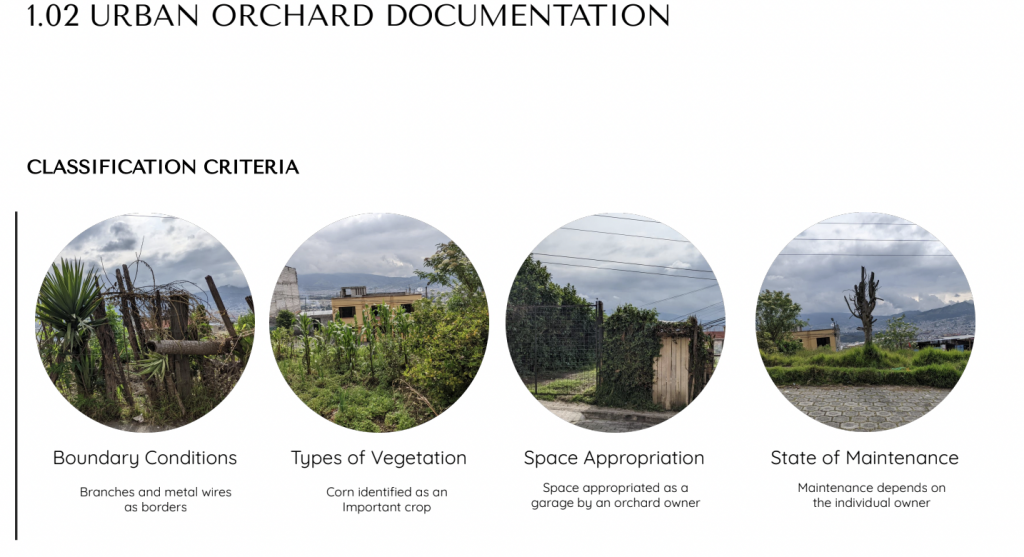
Group 2. Environmental conditions: Climate change risks, natural disasters, temperature/rainfall/wind, resource availability, farming, and irrigation methods. Initial risk assessment.
Members: Jocelyn Keller, Aline Vandriessche, Shilpa Menon, Alfred el Kareh, Nedjine Dorcely.
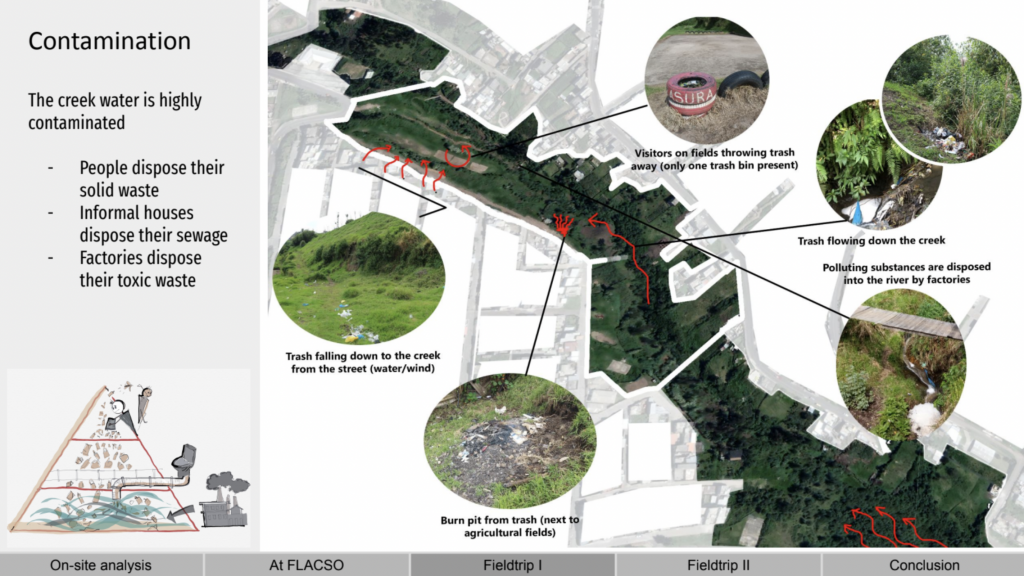
Group 3. Urban fabric and activities: Homogenous fabric, typology, and density; urban facilities and activities (commercial, markets and food production/distribution, circular economies, industry, etc.). Informal and formal borders and typologies.
Members: Dona Lucia Abou, Ceren Demirkol, Rodis Chamoun, Christine Lu, Andrija Terzic.
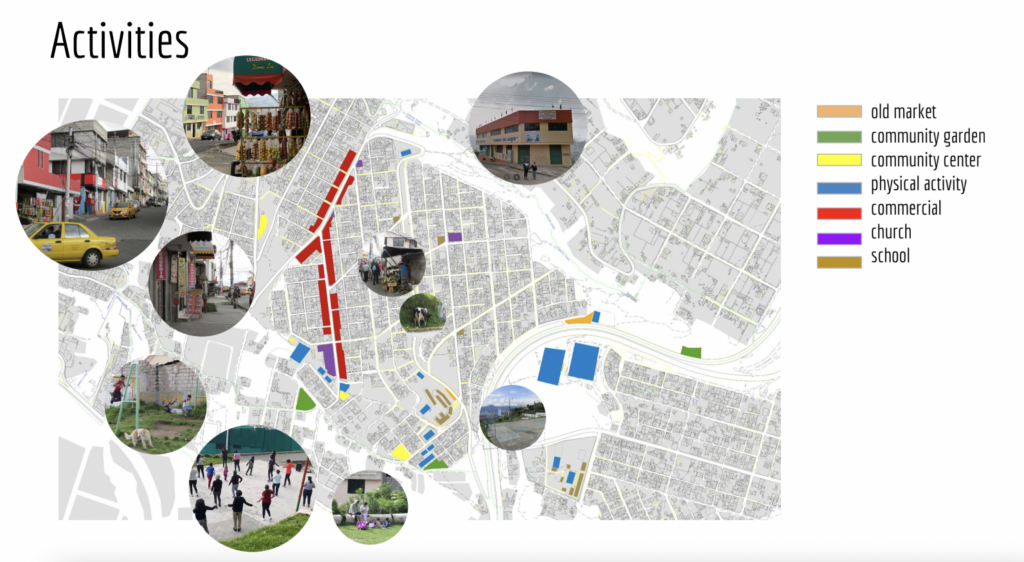
Group 4. Mobility and accessibility: Public transport, roadway system, accessibility, safety, the relationship of La Lucha de los Pobres with respect to the new mobility of the Metropolitan plan.
Members: Jana Zein, Victoria Vandewalle, Adarsh Joshi, Ninon Esclangon.
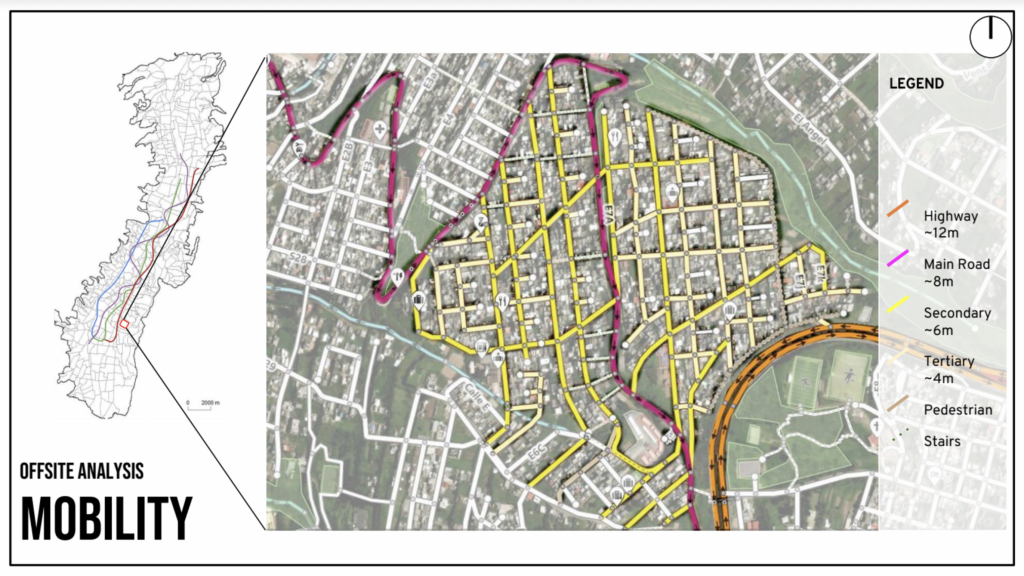
In the following posts we will explore the work the groups were developing during their physical assessments. More information in Part II

